




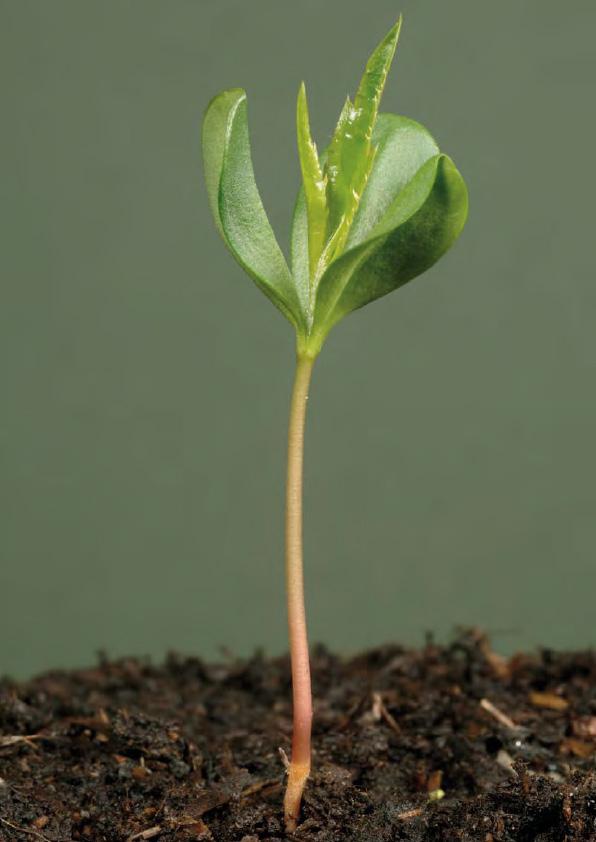
What
While the importance of food is not destined to degrade in the near future, humanity’s relationship to food is already taking different forms. In order to feed 10 billion people by 2050 — humanity itself depends on radical changes.
As designers, trained to produce human-cenetered solutions, we are uniquely positioned to imagine the opportunities to transform what, and how, we eat in the future of food.
To a food secure future,

we eat, and the way we eat, contribute to a significant extent to how we define our personal and social identities. A person’s attitude toward food can reveal their most intimate needs and concerns.
the big picture
our food system

the megatrends
urban food production
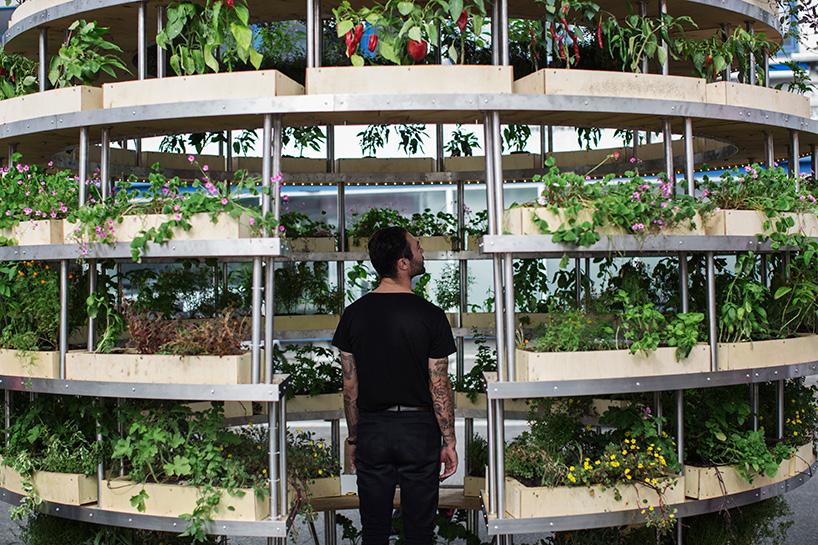

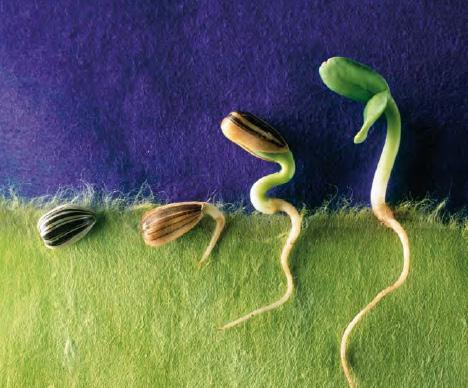






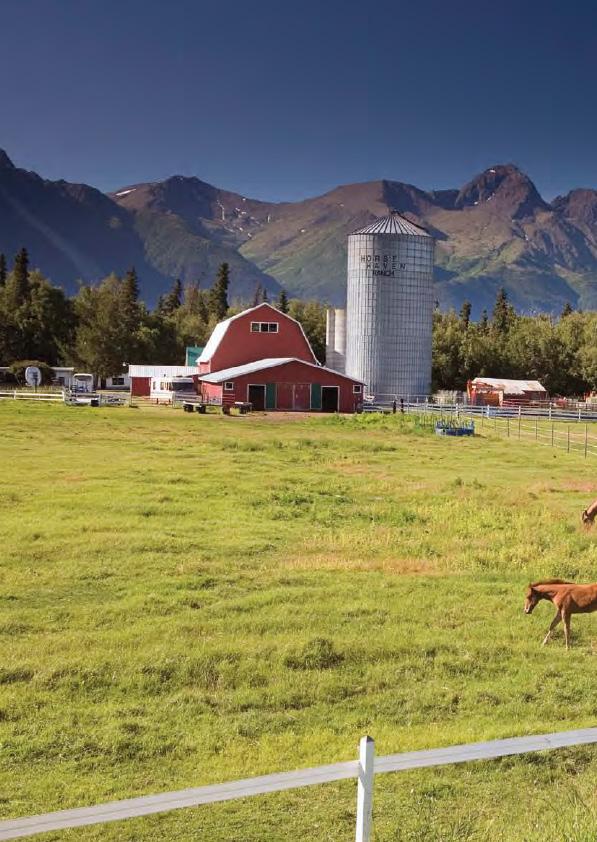
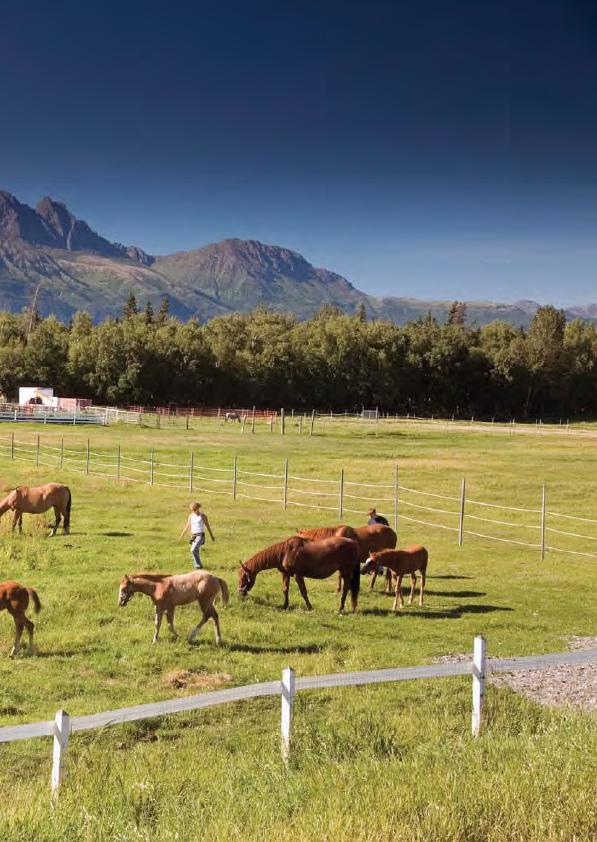
One of the greatest human achievements over the last half century is the advancements in food production that have kept pace with the global demand.
Despite these successes, over 800 million people are still hungry, 2 billion more lack sufficient micro nutrients, and 2.5 billion people consume excess calories for their needs.1

In addition to health concerns, there are also major issues about the environmental footprint of food systems. The current methods of food production are significantly degrading natural resources and are a major source of greenhouse gas emissions.2

Therefore, one of the greatest societal challenges we face in the 21st century is to achieve food security for a growing, wealthier, urbanizing population, while at the same time minimizing future environmental impact and diet-related diseases.

By the year 2050, there are projected to be 10 billion people on Earth. In 2020, humanity and the planet are still unprepared to sustain a population of that size.
As numerous recent studies suggest, feeding a population of that size requires an approach that looks at the global food system in its entirety, rather than focusing on individual aspects such as increasing production or productivity.

It is also not enough to increase the production of crops that support healthier diets. Curbing the demand for the consumption of unhealthy diets is just as important.
As a society, we must move away from a system centered around calories - to one that prioritizes nutritional quality. This can only happen if we implement interventions across food systems.
There is a looming urgency to make these changes worldwide. Currently, all forms of malnutrition cost $3.5 trillion annually, and non-communicable diseases due to obesity (such as cardiovascular disease and Type 2 diabetes) cost an additional $2 trillion.3











































Our planet and its food systems will be shaped by a myriad of global megatrends over the next decades. Summarized below is a list of megatrends according to the STEEP framework that distinguishes between social, technological, economic, environmental, and political factors.
Socio-Demographic



Population Growth Aging
Urbanization
Technological
AI + Big Data
Cellular Agriculture
Robotics + 3D Printing

Blockchain
Economic

Growth
Poverty
Employment
Political
Conflicts & Crises
Women’s Empowerment
Environmental
Climate Change
Natural Disasters
Energy & Resources




The world population is expected to grow by more than 2 billion people by 2050, reaching approximately 10 billion.
Half of all population growth is expected to occur in sub-Saharan Africa, where the population is expected to double, while Asia’s population is expected to grow by 41%.4
Compounded by the proportion of the population aged 65 and above expected to sharply increase by 2050. Aging will have major implications on labor supply leading to strained social safety nets and healthcare systems.


By 2050, almost 70% of people in the world will live in urban areas, compared to less than 54% currently. Global urbanization could lead to an addition of 2.4 billion people to towns and cities by 2050.5

This increased urbanization will bring to rush the number of megacities and other urban centers.
This could lead to potentially dire health consequences. Cities account for more than 70% of global greenhouse gas emissions and use two-thirds of the world’s energy.5 As these numbers go up - air pollution will have a larger negative effect on human health.
While urbanization will stretch supply chains, it will also create opportunities to shape new consumer experiences.

Artificial intelligence (AI) is likely the most significant trend that is rapidly reshaping almost every component of our lives.
Throughout the supply chain, AI can provide new insights and predictions, while also enhancing accuracy and effienciency of tasks through automation.
AI is already causing significant disruption in numerous industries.
In food systems, AI can be used to create precise nutrient content for specific consumers, improve soil health, and increase efficiency and safety in production.

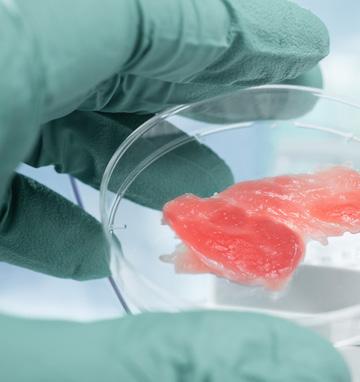
Cellular agriculture, or bioengineering, is the use of technology and science to manipulate, redesign, and create organic material.6
Genetic engineering, including DNA editing and stem cell research, is advancing rapidly and becoming increasingly advanced and available.
Cellular agriculture can have a significant influence on the agriculture and food sectors, enabling scientists to invoke desirable traits such as increased yields and improved nutrition.

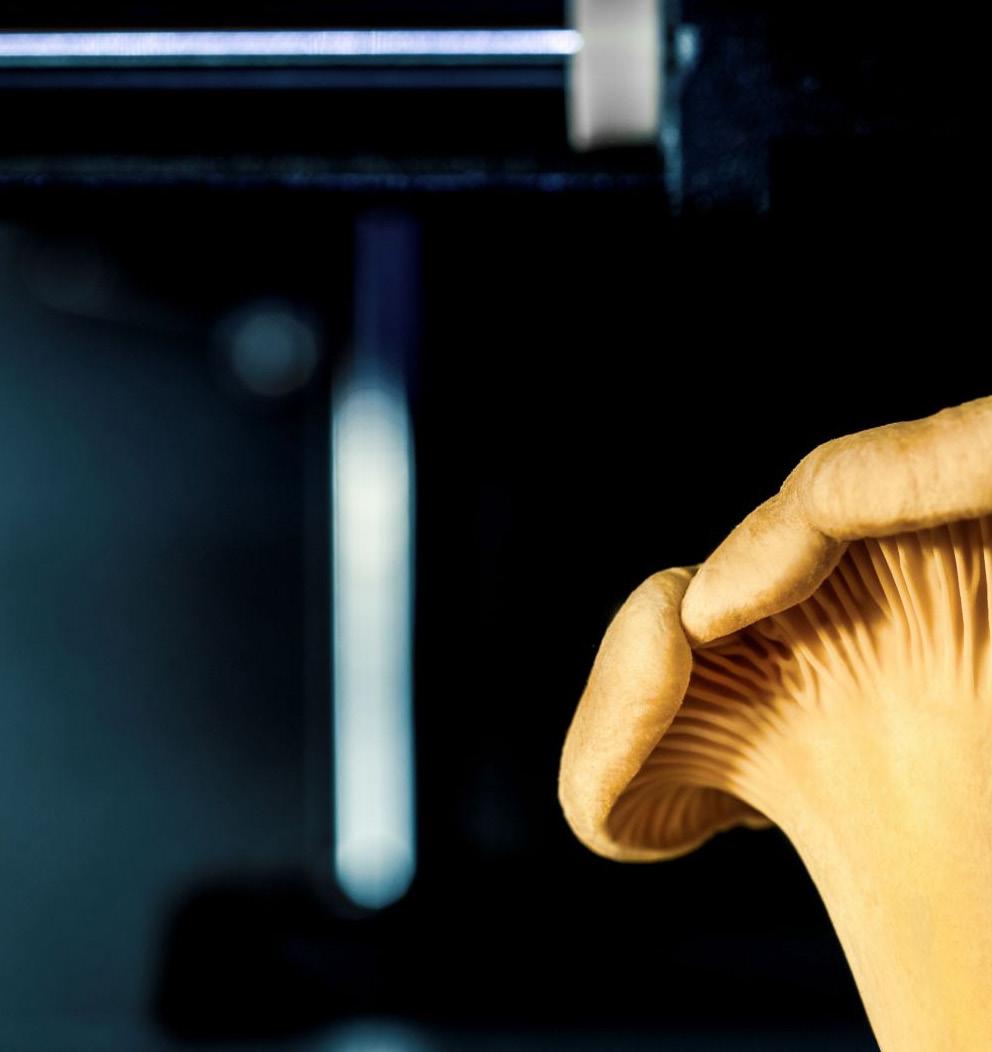
The impact of robotics and workplace automation will significantly disrupt employment and change the nature of work.
In agriculture and food production, robotics will enable faster, more efficient and agile food systems.
3D printing is a method of creating three-dimensional products using a digital process. The technology is projected to grow by 18% in 2025, and become more prevalent in households.7
In the food industry, 3D printing is already being used for automated cooking, mass manufacturing, and personalized meals.


Nanotechnology deals with the manipulation of individual atoms and molecules to create functional materials and systems that posses unique properties and capabilities.
Between 2014 and 2019, the global nanotechnology market grew by 20%, and is expected to grow by more than 17% by 2024.8
Nanotechnology is expected to become increasingly common in products and all aspects of human life.
In food systems, nanotechnology can be used to transform consumer experiences with food through flavor enhancers or better availability of nutrients.


The World Bank projects that highincome countries are expected to only grow at 1.6%, but developing countries will grow at 5.2%.
Raising incomes and a growing middle class will lead to increases in food consumption, most notably with increases in meat and dairy demand, which in turn will lead to adverse environemntal effects.
Extreme poverty, measured in terms of the number of people living below US $1.90 a day, has significantly declinedyet, 736 million people were considered so in 2015.9
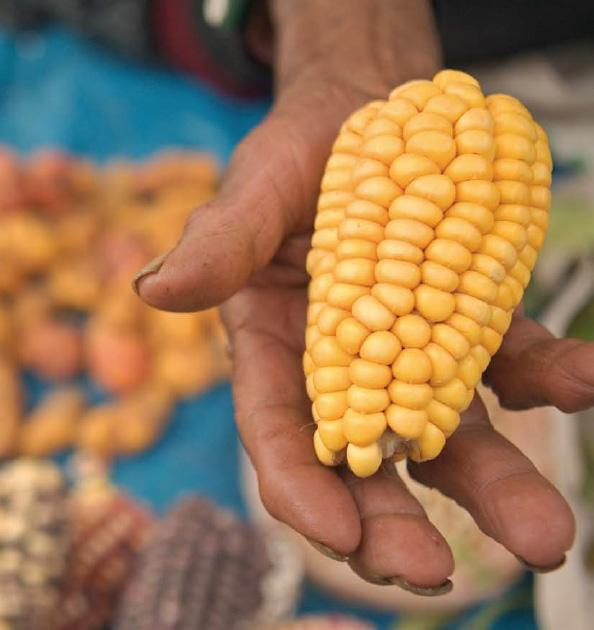

The past three decades has seen a rise in the frequency of natural disasters, and is expected to become more intense in the future.10
Natural distasters can devastate food production systems, reduce food advailability, and inflate food prices.
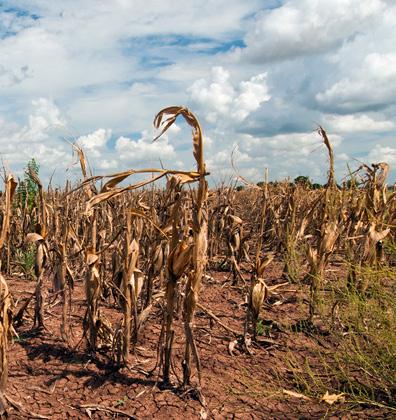
As the climate continues to change, all living organisms on the planet will need to adapt to the adverse effects of higher temperatures, rising sea levels and extreme weather conditions.

According to the United Nations, the number of countries in violent conflict in 2017 was the highest in 30 years.The overall economic costs of such violence reached $14.8 trillion in 2017.
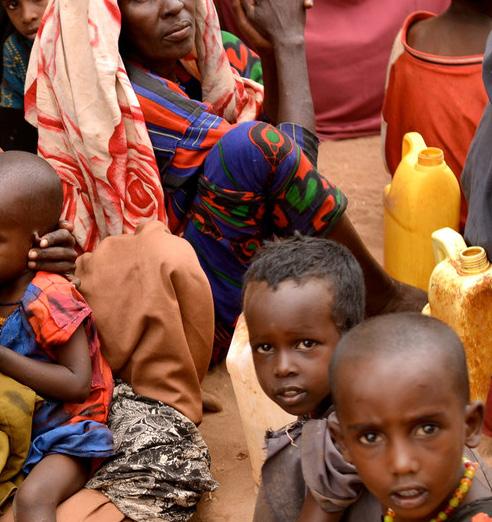
As an example, after eight years of conflict, 9.5 million Syrians were deemed to be food insecure.
Climate change is expected to exacerbate this trend, as extreme weather and food insecurity create competition for resources.


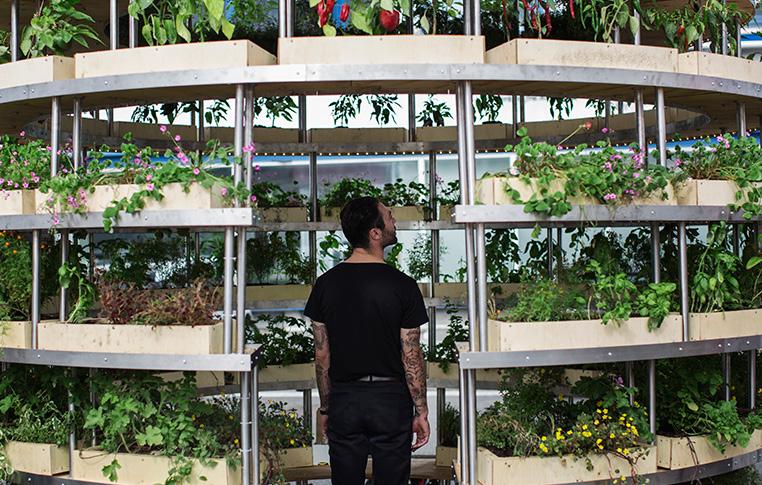
With the rise of urbanization, consumers are increasingly disconnected from food production. This puts an increased strain on farming, transportation, and distribution, as larger volumes of food are transported long distances to feed billions.
This disconnection also contributes to poor health and obesity, as consumers prioritize convenient, processed food that is most easily accessible in urban environments.
Schools, hospital, government organizations and private companies were able to offset most of their nutritional needs by locally sourcing them?

Livestock production represents around 15% of all greenhouse gas emissions,at the same time, by 2050, global meat consumption is expected to increase by 76%.11
Alternative proteins have the potential to disrupt a major economic sector and transform our understanding of meat. This opportunity can enable healthier diets with the potential ability to precisly deliver nutrients.
There were multiple and affordable alternatives to animal prteins that not only replicated the exact taste and texture, but was also made widely available for consumers all over the world?


There has been a comprehensive shift in our understanding and use of food as a tenet of human health. We now know the food we eat interacts with the complex systems throughout our human body, including the gut microbiome and our genetic make-up.

This opportunity has the ability to transform the medical field through a shift towards preventative nutrition-based health care, rather than reactive medical practices.
Individuals had the ability to target their gut microbiome with the right amounts of dietary fiber, grains, sugars, fats and carbohydratesall at the right time to enhance their health and reduce diseases.

Advances in behavioral science have opened compelling means of influencing human behavior, and yet, most of this has been directed towards fashion choices and binge-watching experiences - rather than towards crafting health, more environmentally sustainable food norms.

This opportunity has the power to transform consumer behavior and their relationship with food, improve food literacy, and incentivize the production of healtheir and more environmentally foods.
A range of smart, behavior-focused influences were designed to shift consumer demand, and tranform our relationship with food choices?



In 2022, we will be eating towards a healthy planet and population. The shift is driven from the rise of public awareness of how our food impacts not only our individual health, but also the health of the environment.

PRODUCTS
MIND Foods
Layla has just returned to her parents home from university in Singapore where she is studying her degree in food science. Tomorrow is her grandmother’s 90th birthday and she is planning to cook a meal for the entire family.
PARTNERSHIPS
Loblaws
Baycrest Health
CABHI
ADVANCEMENTS
Gut brain axis
The microbiome
BEHAVIORS
Food as medicine
She opens up the meal planner app on her phone and takes into account her brother’s lactose intolerance, mother’s love of Thai, and her grandmother’s brain food diet. The brain food diet by MIND Foods was specially designed to prevent dementia and the loss of brain function that comes with age.
Shortly after, the app alerts her that the order will be ready for collection at the local Loblaws at 1 PM. While at the supermarket, Layla stop by the kitchen demo area to see a workshop taught by the Centre for Aging + Brain Health Innovation, led by Baycrest Health Sciences. The local doctor, is stirring a sizzling skillet of lion’s mane mushrooms, while discussing the microbiome and the relationship between the gut and the brain, and its role on mental health.
Layla knows from her studies that there is a huge amount of research going into the gut brain axis, particularly the role it plays in the immune system and controlling inflammation. In 2022 it is recognized that food is medicine and research has associated brain disorders such as autism, depression, dementia and schizophrenia with our highly unique microbiomes.

By 2050, new technological developments will see the rise of trends in cellular agriculture. This technology will lead to a significant expansion of food groups that will allow us to use our planet’s resources more sustainably while exploring adventurous new produce.

Alternative protein
ADVANCEMENTS
Novel proteins
Cellular agriculture
3D printing
Vertical farms
Bioreactors
Robotics
BEHAVIORS
Adventurous cuisines
Elevated transparency
Decline of abattoirs
Layla, who now lives in Vancouver, runs a successful environmentally friendly protein business. The novel protein industry grew exponentially after the decline of slaughterhouses in Canada in the 2030s. Alongside cellular agriculture in the form of lab grown meat, she offers dried algae and jellyfish, sold as pastas and powders.
Layla is greeted by a regular customer. It’s Mr. Ismail. He comes to her facility once a week to select cuts for his family dinner and watches the meat being printed out. Her specialized factory has a number of automated robots, with the only humans involved in the process performing quality control and prototyping new menus and experiences for her customers.
At one end of the factory is a vertical hydroponic farm that cultivates plants that provide the growth serum in which the lab grown meat is developed. At the the other end, giant bioreactors lead to a conveyor belt where meat is made with 3D printing technology.
Her customers value the transparency of the entire processboth digitally and physically.

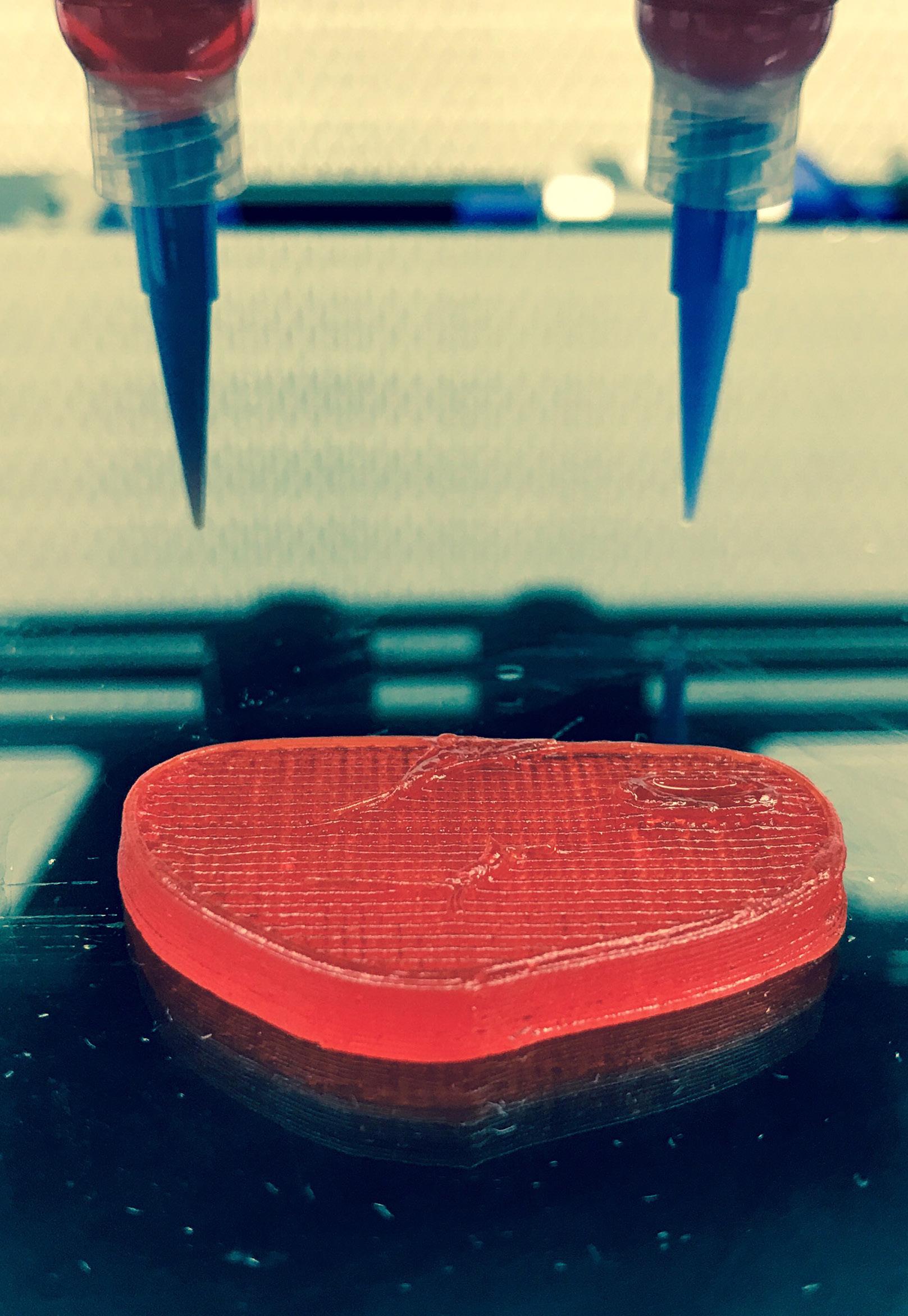
In 2122, the superforce of hyper precision nutrition will bring about a renaissance on Earth. We will celebrate our shared humanity through the act of eating - reconnecting to not only our environment, but each other.
Intravenous nutrition
PARTNERSHIPS

Loblaws
ADVANCEMENTS
Precision nutrition
Circadian nutrition
Drone delivery

Autonomous everything
BEHAVIORS
Communal eating
Holobiont beings
Liam (Layla’s grandson) awakes at 9 AM to a vibration on his wrist. He taps his skin to snooze the alarm, which then notifies his nutritional supply to prepare his intravenous breakfast drip. His custom intravenous drip, the pinnacle of precision nutrition, was dropped off by drone delivery last night from Loblaws.
Liam blinks twice and closes his eyes to watch a daily local report. The community of Ocadians where he lives are planning an outdoors social eating experience to celebrate the 102nd anniversary of the MIND Foods diet that was introduced in 2020. During the report, he sees the famous scene of his grandmother Layla, who was a pioneer of the food as medicine movement, speaking about the microbiome and the gut brain axis.
In 2122, it is common knowledge that humans are holobiont beings - meaning they share an intimate, co-dependant symbiotic relationship with their microbes. Liam is interrupted by Sa-Ra, who administers his intravenous breakfast drip at precisely 9:15 AM - aware of the role of nutrition aligned with a person’s unique circadian rhythm.
Despite exponential technological advancements since 2020, humanity is more cognizant of the vital partnership that is required with nature to feed their microbiome, and the celebration of life through food is appreciated today now more than ever.
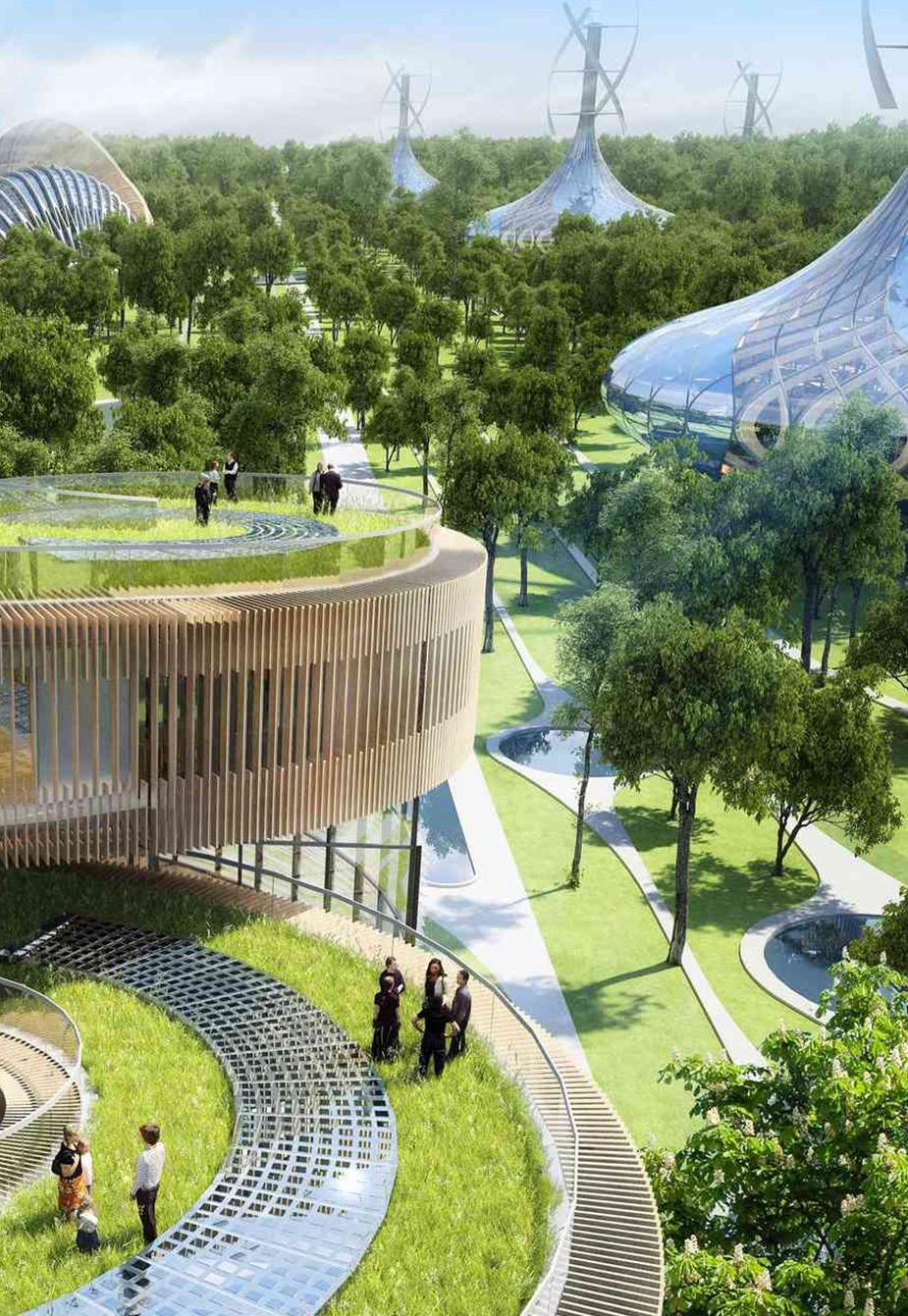

What is clear from this report is that global food systems require meaningful disruptions that are designed to permanently change the trajectory of the future.

In an age where there is a state of anxiety that was unknown to premodern societies - the current phase of social uncertainties is difficult to predict.
What is for certain, however, is that the importance of food will not diminish.
The purpose of this work is to offer suggestions for contemplation, and look at how as designers, we can attempt to enhance the most positive aspects of future trends.
“Food is the true fuel of history.”
- Marino Niola, Anthropologist
